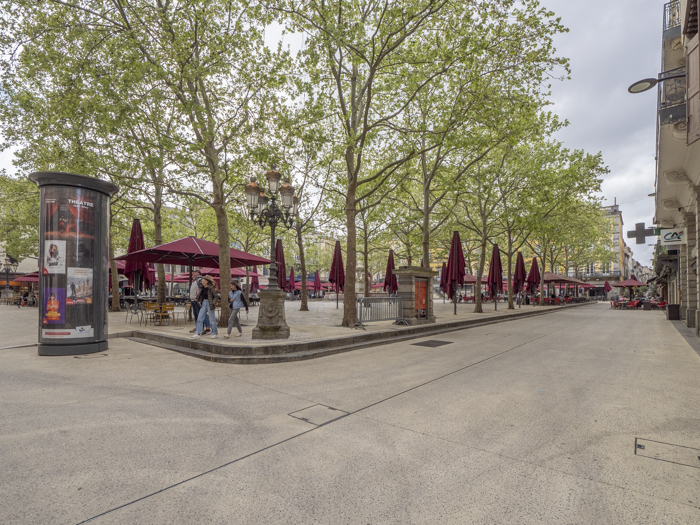Let’s talk Cathars and Bastides. Not in any great detail, but they are going to crop up in the next few blogs so I should explain the outlines.
Without going into theology, which was probably ill defined, the Cathars were people living in 12th and 13th Centuries throughout Northern Italy and the South of France who held, what the Catholic Church thought to be, heretical beliefs. One of their beliefs was that the Catholic Church was a corrupt institution. Not known for tolerance of dissent Pope Innocent III instituted a crusade, known as the Cathar’s or Albigensian Crusade in 1209 to eliminate Catharism.
The fortified city of Carcassonne was one of the first Cathar strongholds to be defeated, but in their case the residents were allowed to leave alive, others would not be so lucky.
The Bastides, of which the lower, unfortified portions of Carcassonne is one, were loosely connected to the Albigensian Crusades in that it was the Treaty of Paris of 1229 which allowed the ruler of the area around Carcassonne to rebuild his shattered towns, but they must not be fortified. Each Bastide was build by a single local landowner and laid out on a street grid pattern with a large square in the centre.
That’s enough of the history. The rain stopped at about 3pm yesterday and we decided to make a quick journey into the old City of Carcassone to get the lie of the land before a more thorough explanation today. The walk to the City was along a lovely fast flowing stream, allowing Skye plenty of time off lead. Although I have visited twice before the almost fairytale appearance of the City still impresses.
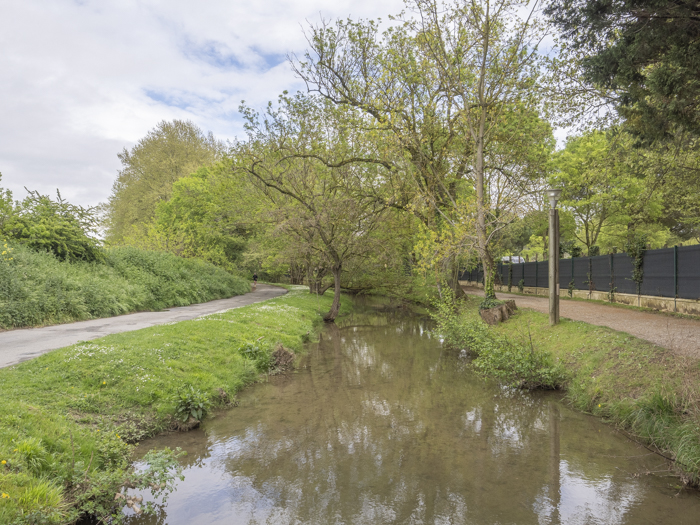
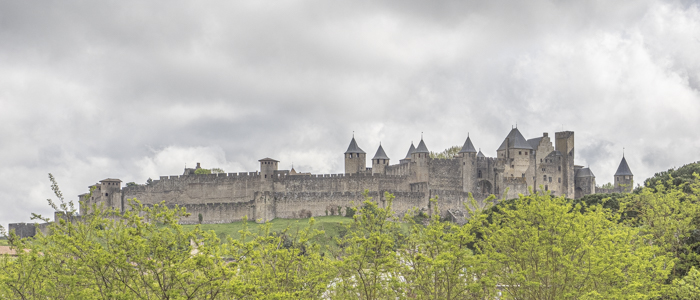
Access from our side of the City was via a long, steep set of stairs built in such a way that each step was an irregular height or distance, making the climb more difficult. It is free to enter the city and once inside it is not quite so impressive, but the tangle of narrow streets and old houses offset any tackiness imparted by the largely high quality tat shops. It was fairly busy but we were confident that Monday (today) would be much less so than a Sunday.
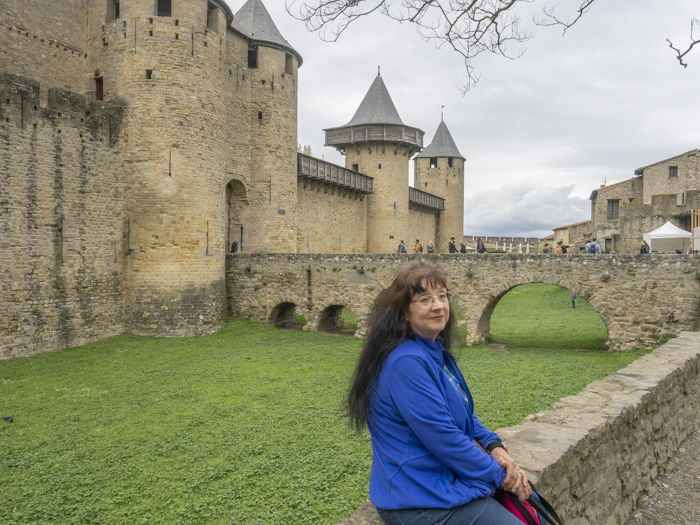
Our second visit this morning was via a route which Sarah navigated to avoid the steps section. It took us in a gradient half way round the City’s walls and in via a different gate. Sarah’s main wish was to walk the walls. We quickly saw the queue was much longer than yesterday and in fact the City seemed just as crowded as Sunday. The queue moved fairly quickly and Sarah was soon exploring the one mile of walls. Skye was not allowed so she and I had a wander around the streets for an hour whilst Sarah explored.

While Skye and I were waiting for Sarah I witnessed every parents nightmare. Some of the interior walls of the castle are probably only one metre or so high with occasionally long drops the other side. A mother momentarily took her eye off a mischievous boy of about 4 and he climbed onto a wall on the other side of which was a long drop. Luckily a stranger nearby saw what had happened and grabbed the child’s jumper and the mother, seeing what had occurred ran over to rescue her son.
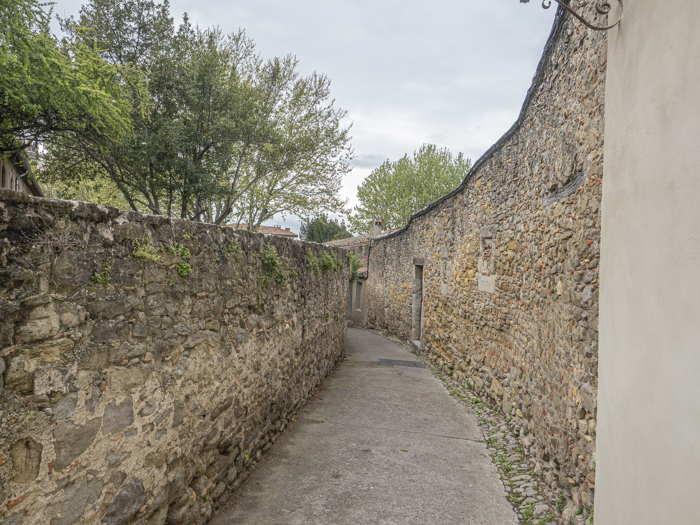
Once Sarah had finished her wall walk we both felt that with two trips we had seen all that was worth seeing. We needed some bread and I was quite keen to visit the lower town, the Bastide, so Sarah set off for Basil and I headed for the “Old Bridge” which took me over to the 13th Century Bastide. I had a quick look at the Cathedral, which the guide book describes as fortress like. It’s no wonder the inhabitants built a fortress like church given what had happened to them a few years earlier. I walked to the main square which retains none of the feeling of a medieval town. In fact, from the little I saw of the lower town part of Carcassonne, I would describe it as rather scruffy and unloved. There are many houses in a state of disrepair and an equal number up for sale. The success of the fortified City sitting on the hill above, which has World Heritage Status, brings in vast numbers of tourists but their money does not seemed to have trickled down the hill.


